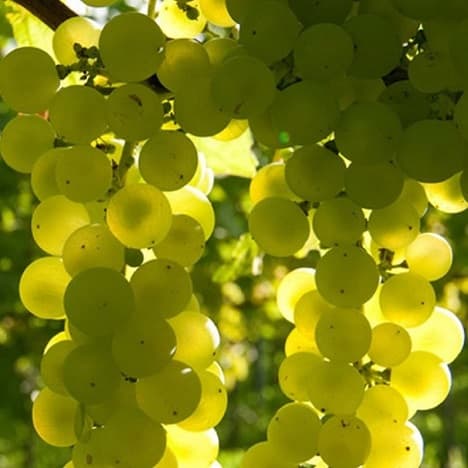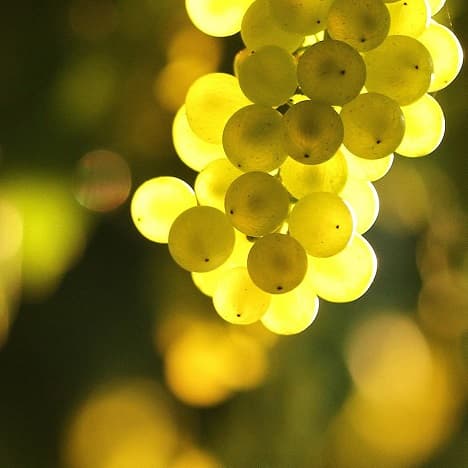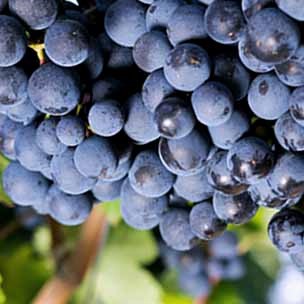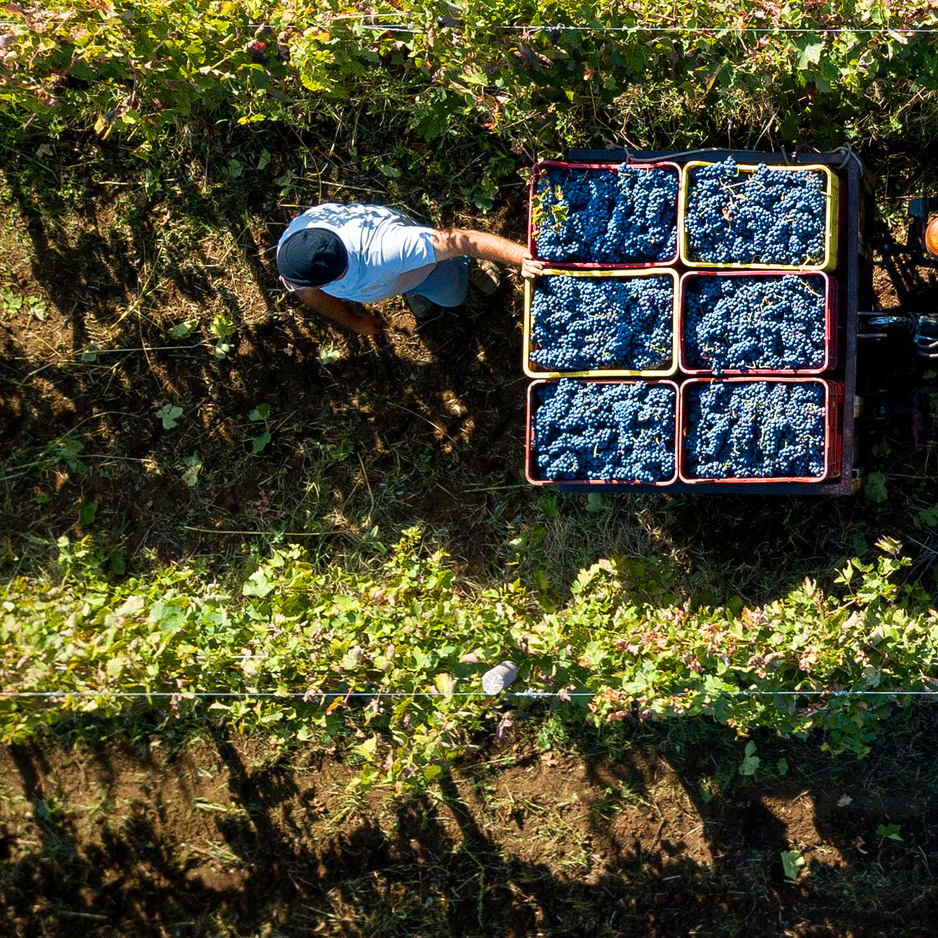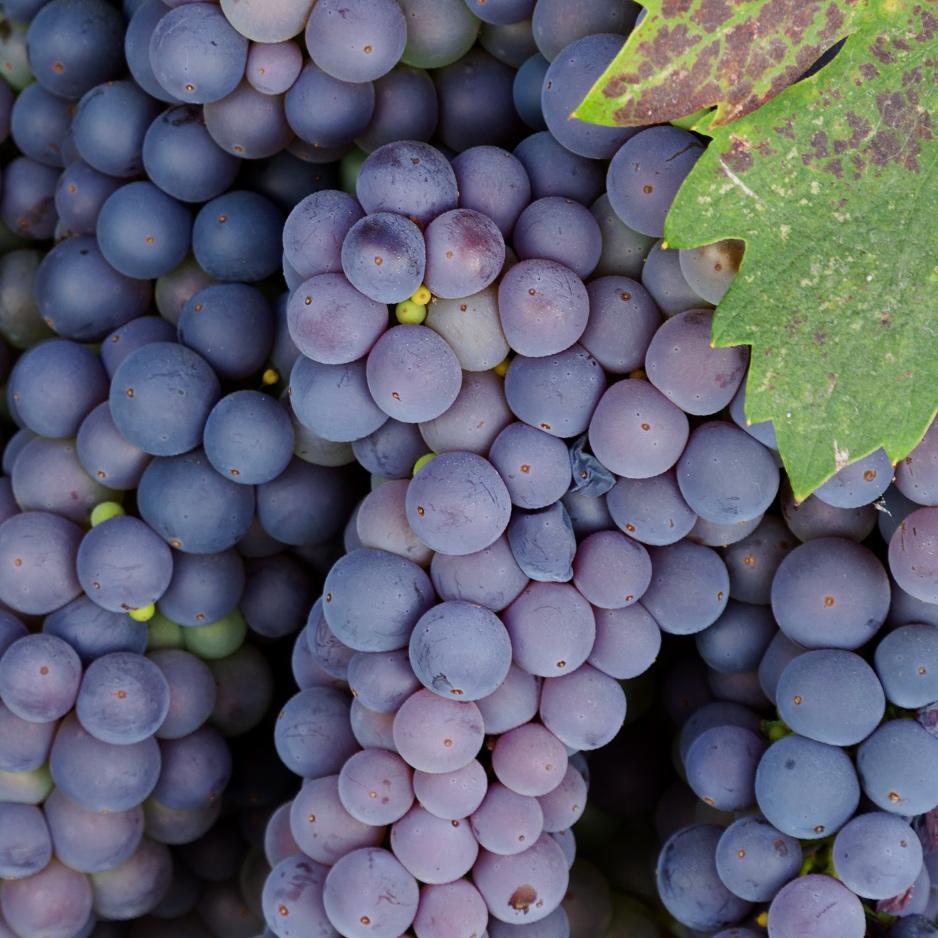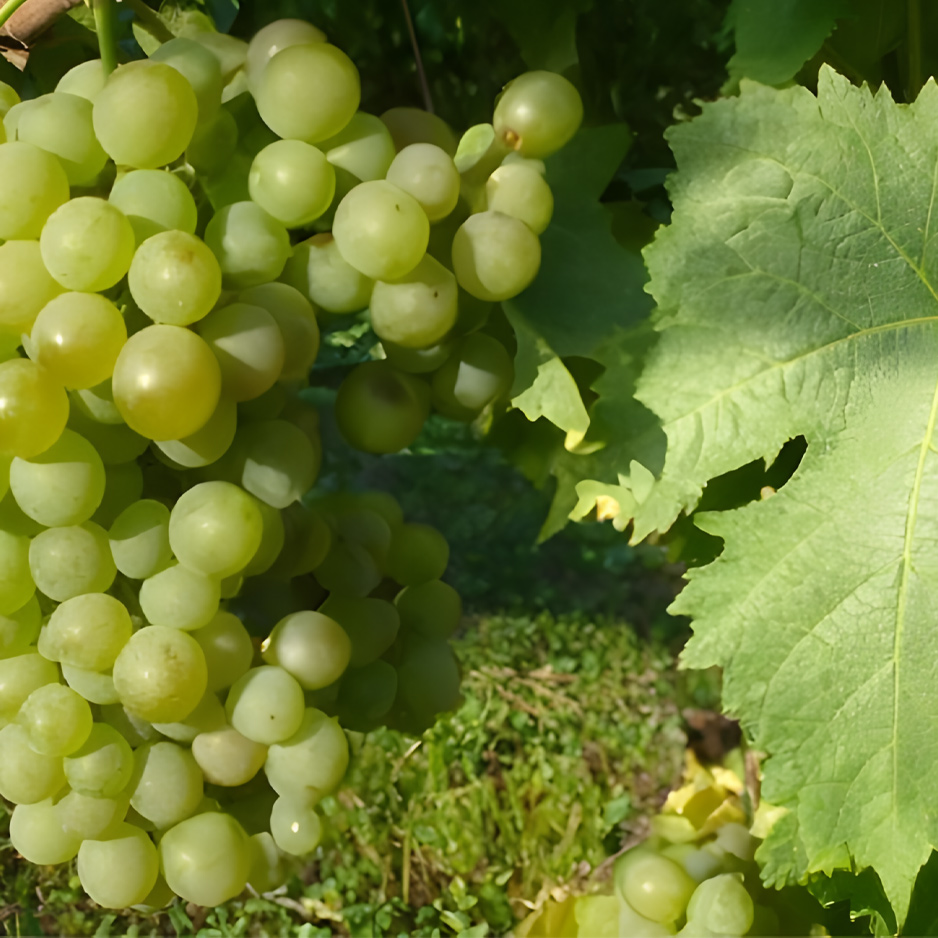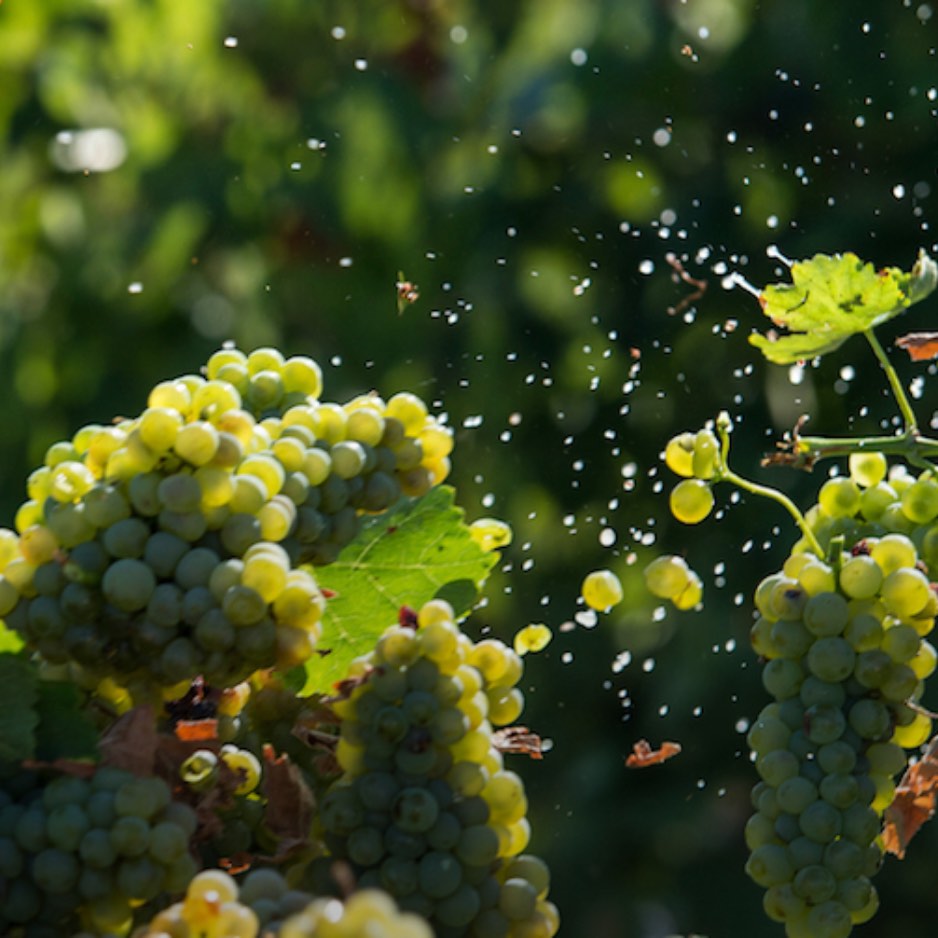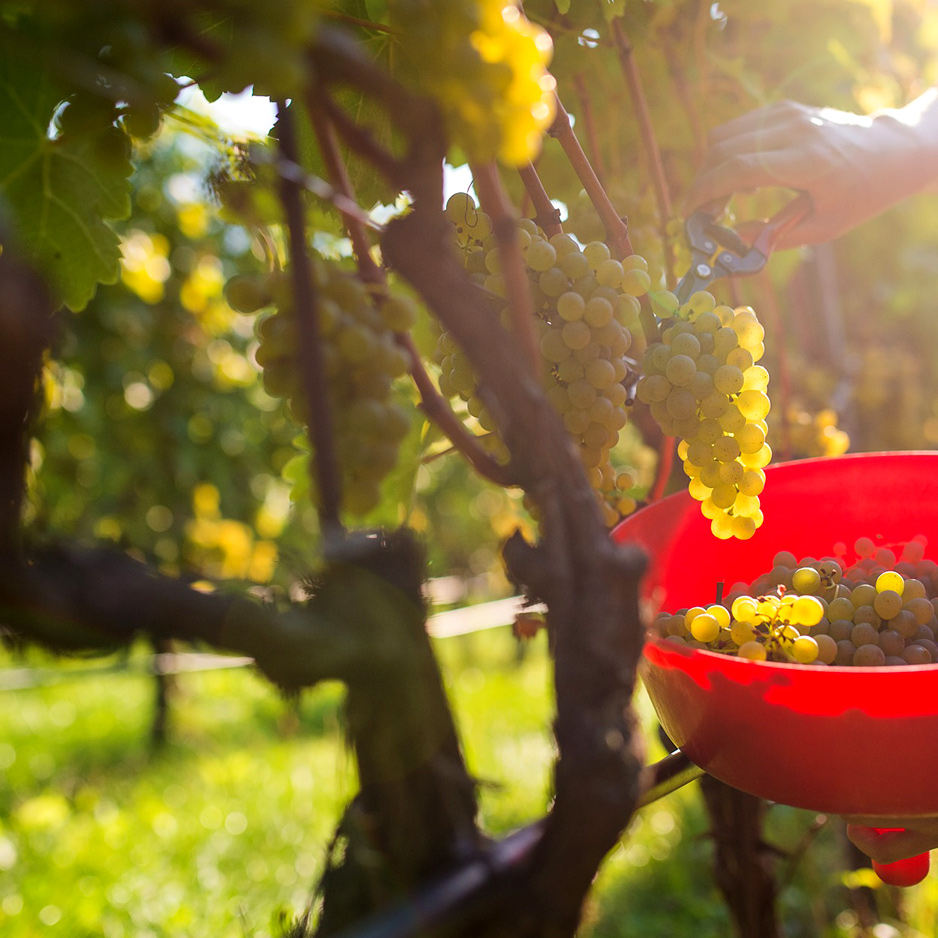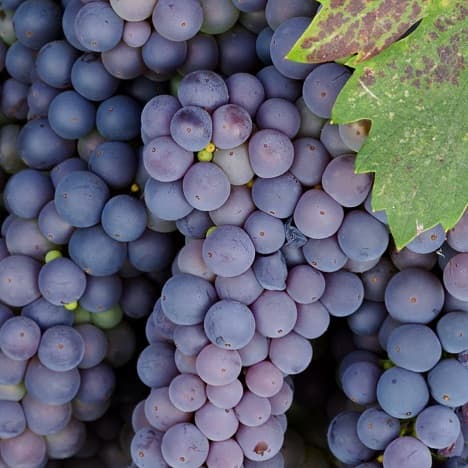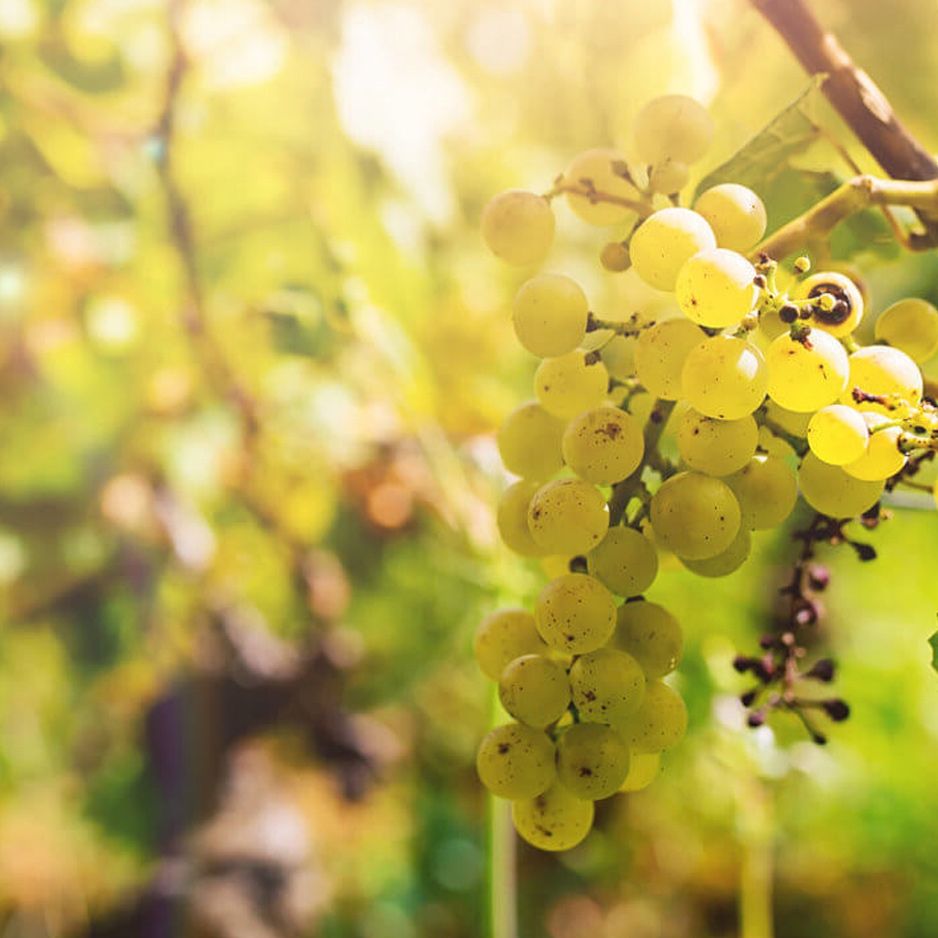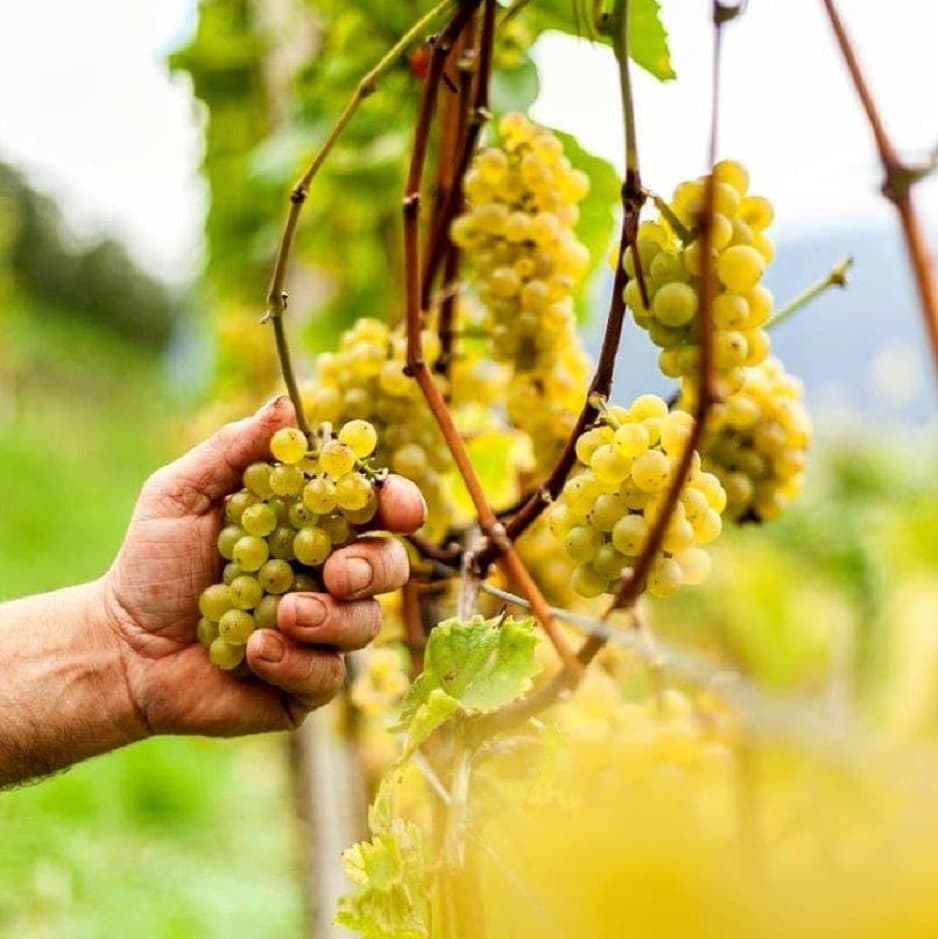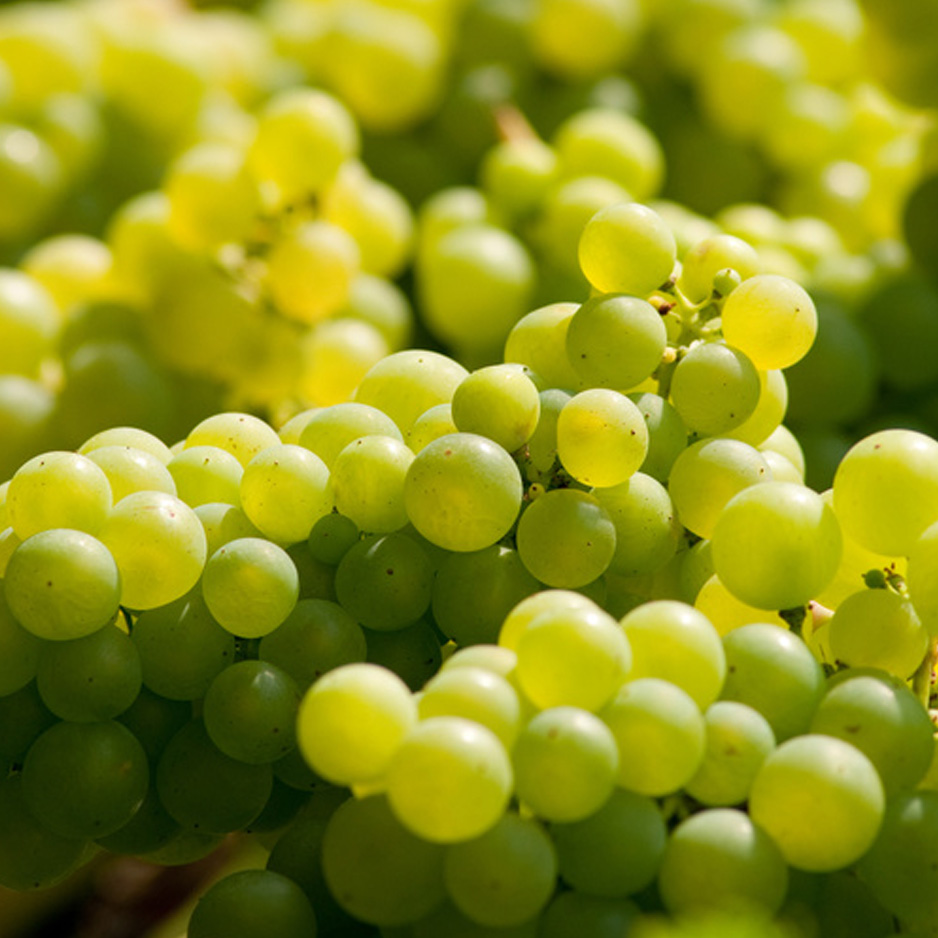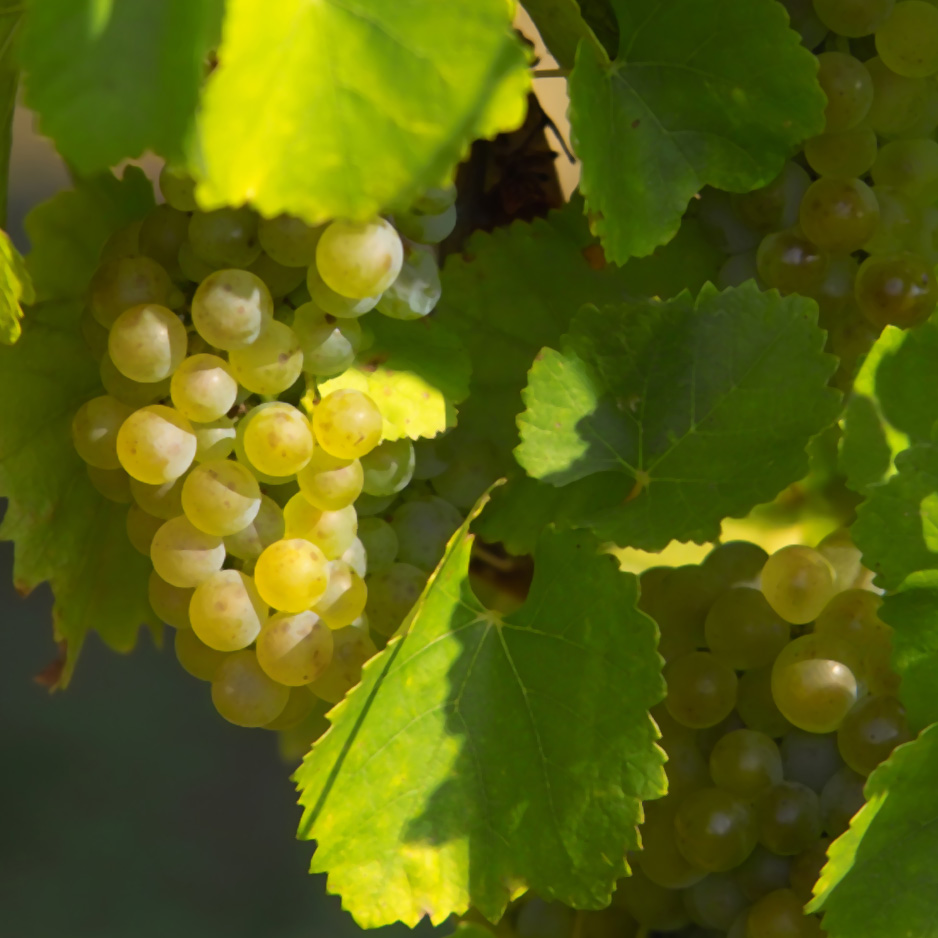
The Chardonnay grape variety originates from the town of the same name in Burgundy, and its unique success story has made it the most important white wine variety in the world today.
In Italy, Chardonnay performs particularly well in South Tyrol as well as in Umbria, where Antinori's Castello della Sala certainly sets a benchmark for the whole of Italy. And from part of the grapes harvested in Trentino and Lombardy in particular, excellent world-class sparkling wines are produced.
The best Chardonnay wines are unique and inimitable: full of fruit and with impressive body, they are characterized by incomparable complexity as well as deep and outsized nuances.
Discover now over 100 outstanding Chardonnays for every budget and taste - from Valle d'Aosta to Sicily. SUPERIORE.DE



